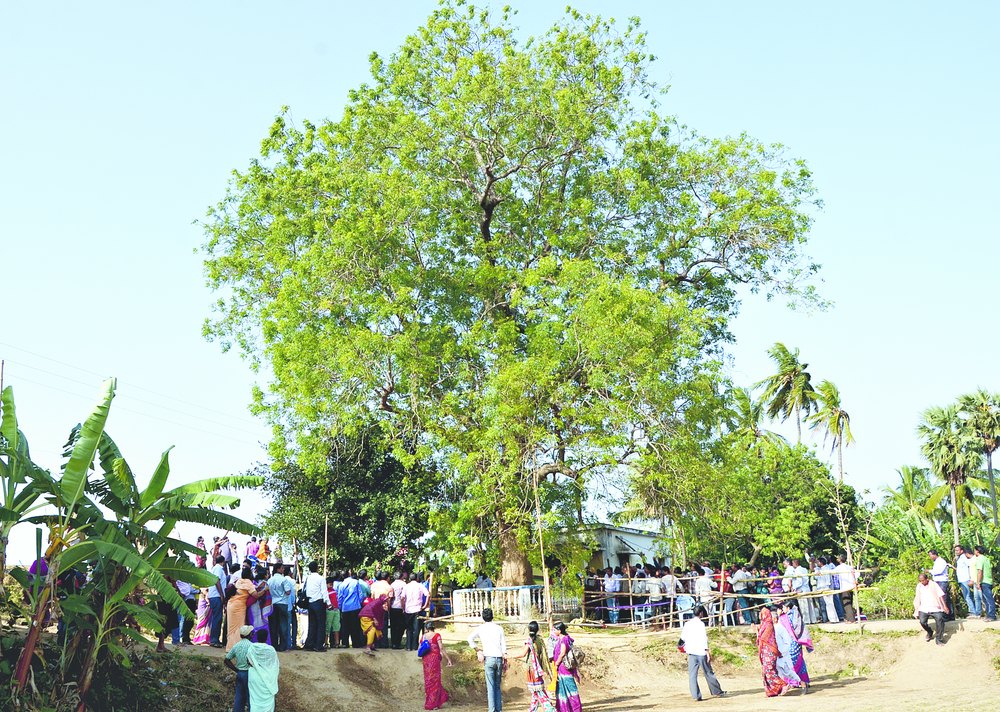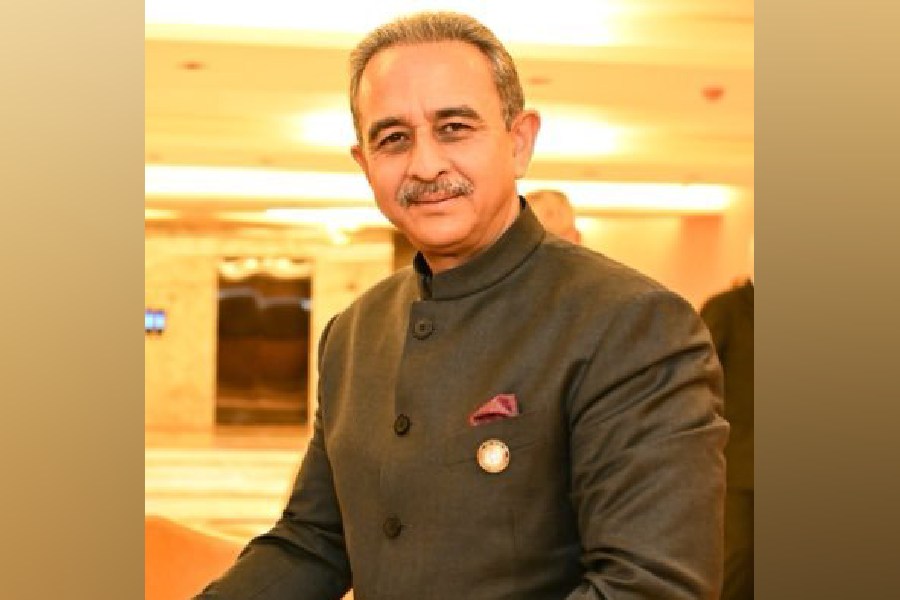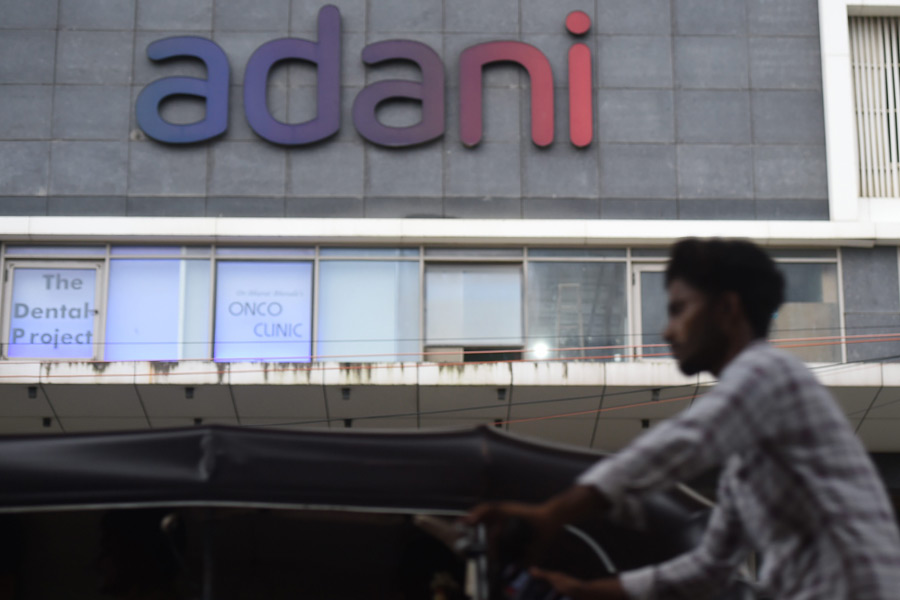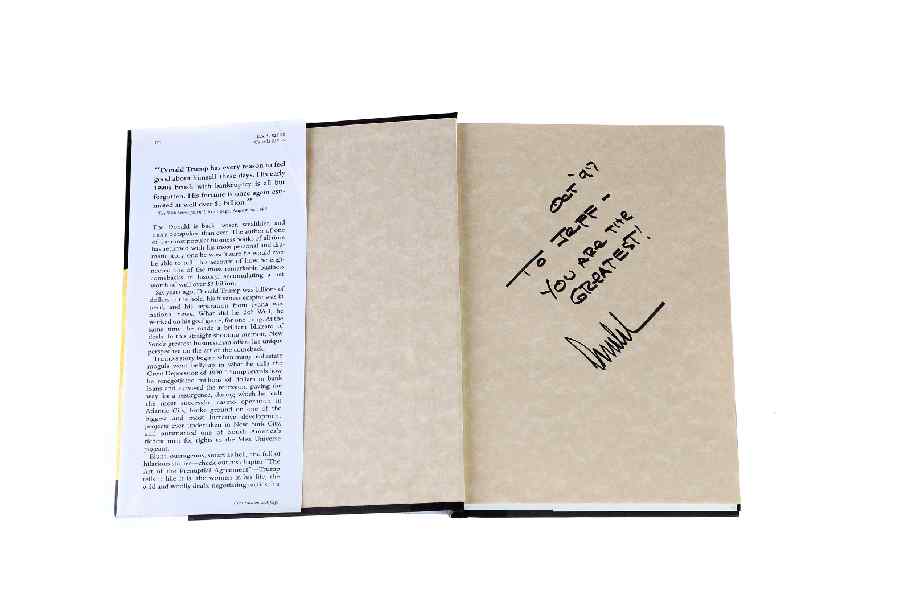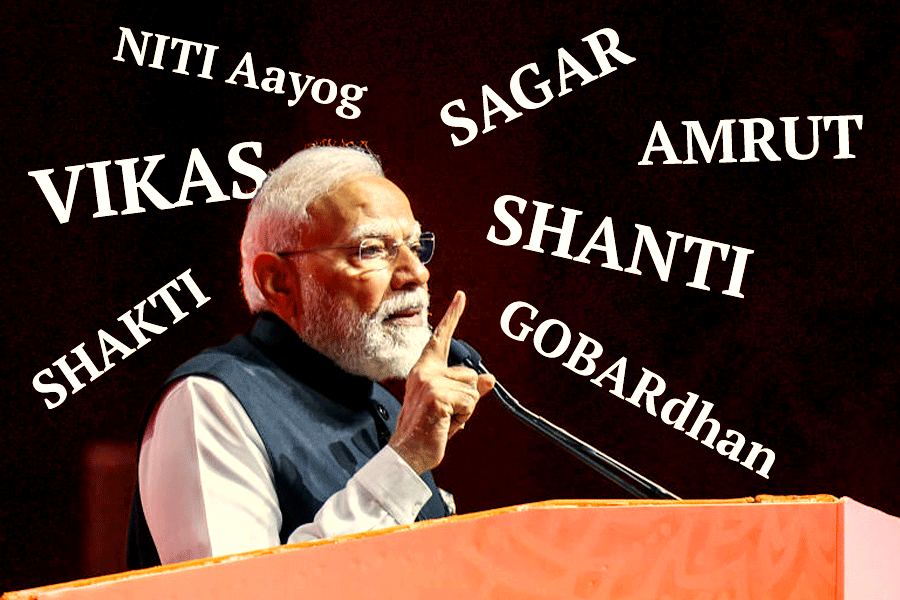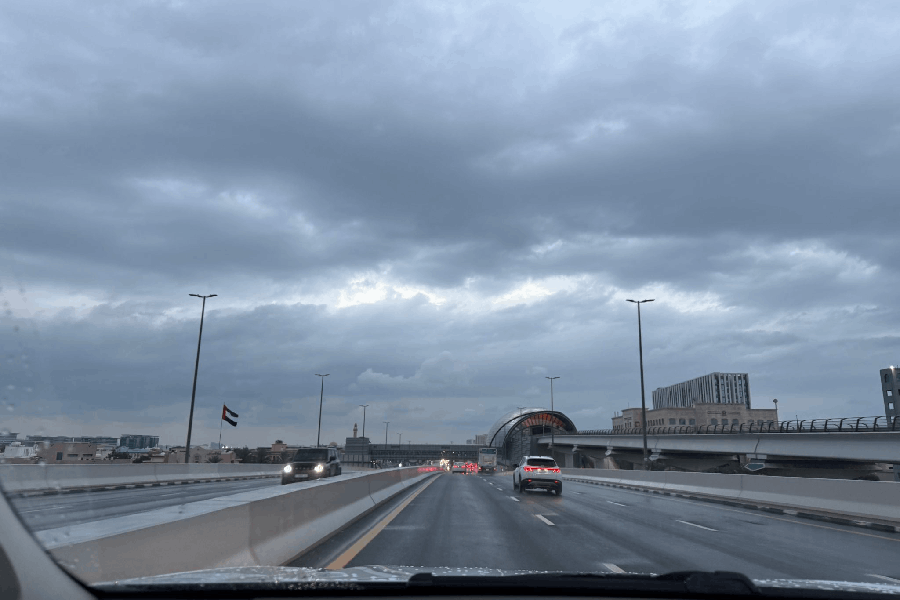
- Lawyers across Odisha went on a strike last Wednesday to protest the delay.
- Orissa High Court has issued a notice to the government on a petition seeking a judicial probe into the delay. The matter was so pressing that the petitioner represented himself in court because of the lawyers' strike over the same delay.
- A bandh called by the Congress on Friday crippled Bhubaneswar.
- Not to be left behind, the king has lamented how the government has allowed matters to come to such a pass.
Bhubaneswar, June 27: An extraordinary saga involving godly powers has been unfolding in Odisha's Puri over the past 12 days.
First, the age-old tradition: for hundreds of years, the four deities at the famed Jagannath temple did something few other Hindu gods are known to do.
The deities "died" after every decade or two - only to be reborn when their souls were "transferred" into new wooden idols through a ritual called the Brahmaparivartan (soul transfer).
The event, part of the Nabakalebar (new body) ceremony, highlights Lord Jagannath's uniqueness as a god who dies like a mortal. It also affirms the traditional Hindu belief that the soul is indestructible and takes on a new body when it sheds the old one.
The ceremony - performed every 12 to 19 years, the gap depending on lunar configurations - was always carried out at midnight after the administration switched off all the lights in the temple and its neighbourhood to ensure complete darkness and secrecy.
Always - but not this year.
A fracas among the daitapatis (hereditary servitors) of the 12th century Puri Jagannath temple delayed the ritual by several hours so that it took place on June 16 morning instead of the preceding midnight.
The breach of tradition has ignited a controversy, the ripples of which have widened day by day and prompted the intervention of temporal echelons such as courts and political parties.
The outcome of investigations so far suggests an overzealous son's eagerness to fulfil his aged father's "forbidden" wish might be at the root of the episode that delayed the ritual. But an incendiary element was injected when it emerged that the son is associated with the ruling Biju Janata Dal (BJD) and he is related to a senior party leader who also happens to be the president of the servitors' association.
The son - Jay Krushna Das Mohapatra, the BJD youth wing's Puri town committee president - and his father, Kashinath Das Mohapatra, 76, are also servitors. They are related to Daitapati Niyog president and senior BJD leader Rama Krushna Das Mohapatra.

who transferred the
soul of Lord Jagannath
Servitors are considered family members of the Lord and they are expected to serve Him during Nabakalebar and its culmination in the Rath Yatra next month.
Since Mohapatra Sr is 76 and the next Nabakalebar is years away (the last one took place 19 years ago), he apparently wanted to be present during the soul-transfer this time, which he is not supposed to.
Only four designated servitors are allowed to take part in the ritual in darkness. This time, the four were Jagannath Swain Mohapatra (for transferring the soul of Lord Jagannath), Haladhar Das Mohapatra (for Lord Balabhadra, the brother of Lord Jagannath), Ramachandra Das Mohapatra (Goddess Subhadra, sister of Lord Jagannath) and Nabakishore Pati Mohapatra (Lord Sudarshan, the deity considered as the weapon of Lord Jagannath).
When the father and son tried to enter the restricted area on June 15, they were blocked and an altercation ensued, delaying the soul-transfer.
On Wednesday, the temple administration suspended the son and the father as servitors for an indefinite period. A day later, three of the four designated servitors appealed to the people to forget the "accident" and concentrate on the smooth conduct of the Rath Yatra next month.
Why the fourth servitor (Debraj Pati Mohapatra, who transferred the soul of Lord Sudarshan) was not present on Thursday is in itself a side story. Debraj Pati's younger brother Nabakishore Pati was assigned to perform the soul-transfer but he had "transferred" the responsibility to his brother without informing the authorities.
The jury is still out on whether such transfers are valid but one opinion is that since both Patis are from the same family, no transgression has been committed.
The servitors also suggested that delay in making alternative idols also played a part in the ritual missing the deadline.
All of which have drawn attention to fascinating details of a ceremony that only a few are empowered to witness.
The daitapatis or servitors - supposed descendants of tribal king Viswabasu, among the first of Jagannath's worshippers - "take out" the Brahma (soul or life substance) from the cavities of the old idols after peeling off the layers of clothes and paint and "place it" within newly carved wooden images of the deities without ever seeing or knowing what it is.
"There are things that cannot and should not be made public. This is one of them," Jagannath scholar Surendra Nath Dash said.
The Nabakalebar begins with the Banjaga yatra, a journey in search of holy neem trees from whose wood the new idols are to be sculpted.
A search party of daitapatis, priests and others travels from Puri to Kakatpur, about 50km away, on foot before fanning out in various directions in smaller groups to look for trees bearing the required sacred symbols, which differ for each of the four deities.
A neem tree is chosen only if its trunk displays one of the holy symbols such as the chakra (wheel), shankha (conch) and gada (mace) apart from certain other features prescribed by the scriptures.
This time the Banjaga team set out from Puri on March 29, reaching Kakatpur on April 2. The first sacred neem, for the idol of Sudarshan, was identified at Gadakantunia village on Kakatpur's outskirts on April 12. This was followed by the identification of the three other trees for the remaining idols in neighbouring Jagatsinghpur district the same month.
After the chosen trees are chopped, multiple rituals, including yajnas, are performed.
While the Jagannath temple administration arranges for the rituals and yajnas, the state government steps in to maintain law and order since the news of identification of these trees travels fast, bringing hordes of devotees.
The cut wood is carried in wooden carts known as " sagadis" in processions that take days to reach Puri, where it is lodged in an inner chamber of the Jagannath shrine. Carpenters then get busy carving the wood into the new idols - again in complete secrecy.
The deities' souls are "transferred" into the unpainted new images following certain rituals, including a yajna, on the temple premises in which the Puri king (a title that survives informally because of the Jagannath tradition) takes part. These rituals are performed after Debsnan Purnima, a full moon night, when the old idols take their last public bath.
Immediately after the transfer of souls, the old idols are buried in the temple's crematorium, Koili Baikuntha, and the daitapatis go into mourning.
The new idols make their first appearance before devotees at the temple a day before the Rath Yatra in a ceremony called Naba Jauban Darshan.
The controversy this year has prompted at least one person to decry another "transfer". Puri Maharaja Dibya Singh Deb blames successive governments since 1960 for the mess. The assessment is not without an element of conflict of interest: 1960 was the year in which the government formed the temple management committee and took the control away from the kings.

